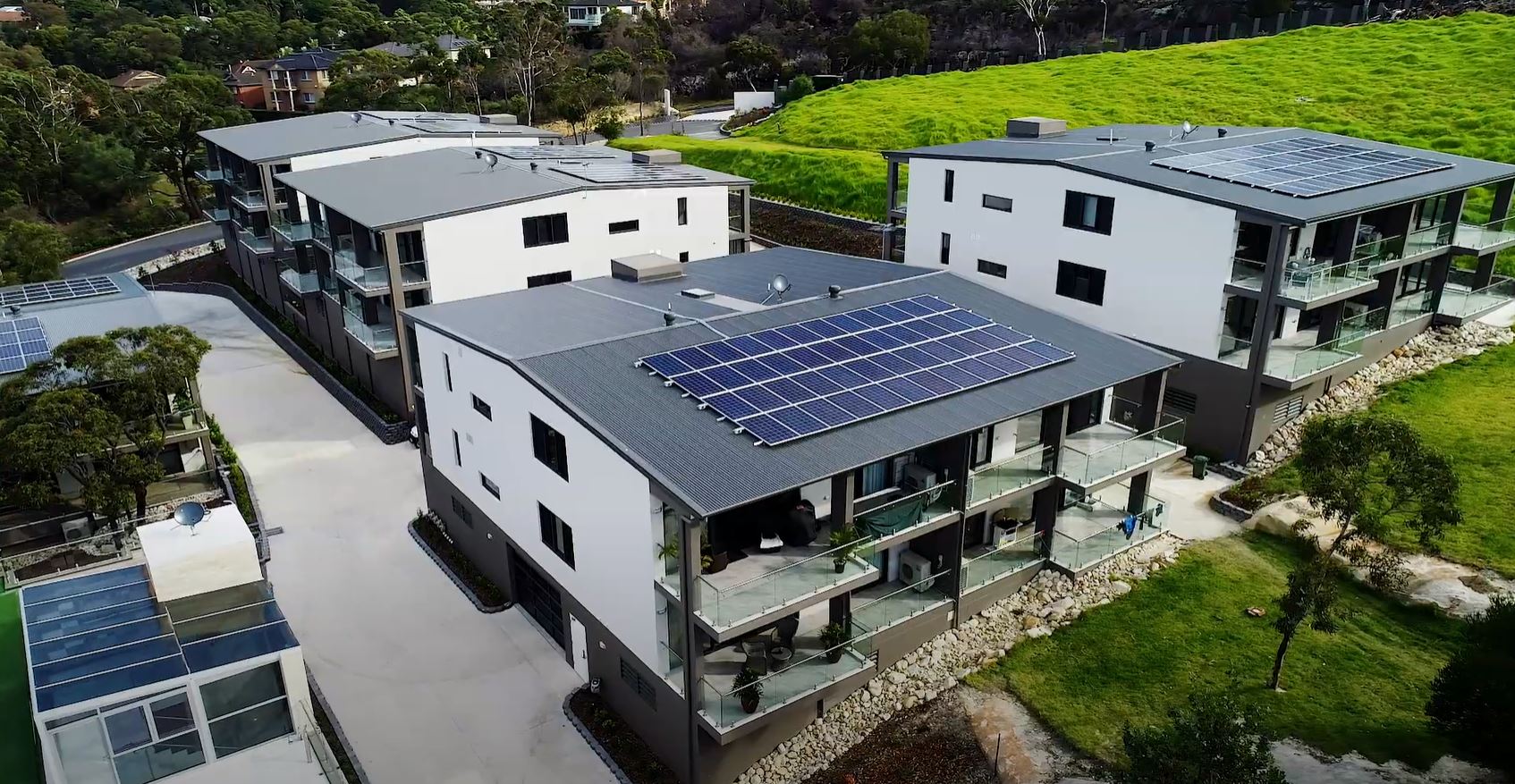Securing Solar Futures: Revised Approach to Charging Solar Households for Energy Export
Controversial plans by the Australian Energy Market Commission (AEMC) to charge households using rooftop solar panel systems for exporting energy back into the power grid have been scaled back in order to protect the investments of current and future solar system owners.
Plans to reduce the impact of the proposed reforms on solar users came in an announcement from the commission in August.
The AEMC’s initial plans were outlined in a draft declaration back in March, the goal of which being to determine, “how to integrate more small-scale solar – and other new energy technology like batteries – into the electricity grid.”
In the draft declaration, AEMC Chief Executive Ben Barr claimed, “We can decarbonise the electricity sector faster and cheaper if we connect more small solar customers and make it worthwhile for them to install batteries. But to do that we need to make some changes to the power system.”
The draft determination addressed the issue of ‘traffic jams’ on the network, when energy was being exported back onto the grid during busy times.
It included a package of reforms designed to change distribution networks’ existing incentives to help households send power back into the grid, allowing networks to offer two-way pricing which would reward solar households for sending power back to the grid when it was needed, and charging for sending power back when the system is too busy.
Solar Reforms Finalised
In a statement released in August the AEMC released the finalised details of the reforms. According to the statement, “the reforms will put tough new obligations on power network companies to make their networks smarter.”
“They will now be accountable for getting their businesses solar- and battery-friendly so everyone benefits. A key part of the changes is removing the companies’ ability to put blanket bans on customers sending solar energy back to the grid.”
The reform package means that power networks can offer solar households a range of options, including a free basic service, in order to encourage users to limit solar waste and save money while benefiting the grid.
AEMC Chair Anna Collyer claimed, “These new measures to drive smart solar are fundamental to enabling a modern electricity grid that delivers out to 2030 and beyond.”
“They represent a profound change to the way poles and wires businesses must think about how they manage their network and turn the current one-way street delivering power to people’s homes into two-way super-highway where energy flows in both directions. Power network companies will need to deliver services to support solar – and they’ll be judged on their performance on how much solar exports they allow into the grid.”
The reforms acknowledge the fact that Australia has the fastest uptake rate of household solar power systems in the world and address concerns from users requesting more certainty on what the changes will mean for current and future solar investments.
“We’ve listened to the feedback we have received and have tightened protections for consumers to increase certainty,” said AEMC Chief Executive Benn Barr.
“This means networks will have to offer a free basic service alongside any paid solar export plans, so people won’t have to pay if they don’t want to.”
Solar Batteries The New Normal
While the AEMC scaling back the severity of the reforms protects the interests of current solar users, the fact remains that the Australian renewable energy sector has progressed in leaps and bounds in recent years.
While simple, small-scale solar panel systems were sufficient for the needs of many households through the early years of Australia’s solar power revolution, it’s clear that going forward, fully integrated solar power systems equipped with batteries will be a much more profitable option.
Any residential or commercial users that are considering installing a solar system should do their research and have a battery installed at the same time in order to pay off their investment as quickly as possible and maximise profits.
Virtual Power Plants Are The Future
Virtual power plants function as a collective of seperate solar batteries that are networked together in a sophisticated system that allows them to function individually yet work together in order to store energy as well as efficiently trade and sell it to the grid.
A VPP is software that connects a collection of batteries localised in a community and allows them to function as a sort of local ‘virtual’ power plant.
Individual solar households can band together to pool their power generating and storage capacities to benefit each other and reduce reliance on purchasing expensive traditionally generated power from the grid.
The Smart Community Program VPP
Smart Energy Answers has launched ‘The Smart Community Program’, a virtual power plant designed to help empower solar households, turning individual systems into potent energy generators, reducing household costs while adding extra credit to users’ power bills.
During times of high power demand, the energy provider can access the excess storage capacity of the individual batteries within the VPP and feed the power back into the network.
Moving to virtual power plants allows individual households and the communities they make up to benefit by cutting costs, utilising locally sourced power, avoiding power outages altogether while enjoying high feed in tariffs up to 0.45c.
Interested in joining the Smart Community Program or want more info? Call us on 1300 732 679.




.png?width=100&height=100&name=footer%20Scroll%20badges%20(5).png)
.png?width=100&height=100&name=footer%20Scroll%20badges%20(10).png)
.png?width=100&height=100&name=footer%20Scroll%20badges%20(4).png)
.png?width=100&height=100&name=footer%20Scroll%20badges%20(1).png)
.png?width=100&height=100&name=footer%20Scroll%20badges%20(3).png)
.png?width=100&height=100&name=footer%20Scroll%20badges%20(6).png)
.png?width=100&height=100&name=footer%20Scroll%20badges%20(9).png)
.png?width=100&height=100&name=footer%20Scroll%20badges%20(8).png)
.png?width=100&height=100&name=footer%20Scroll%20badges%20(7).png)

